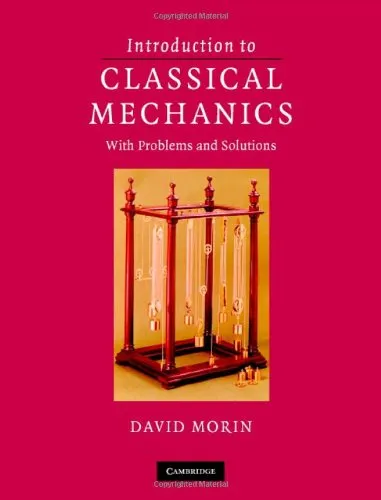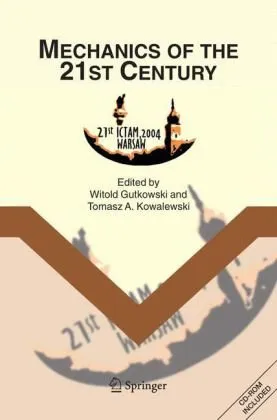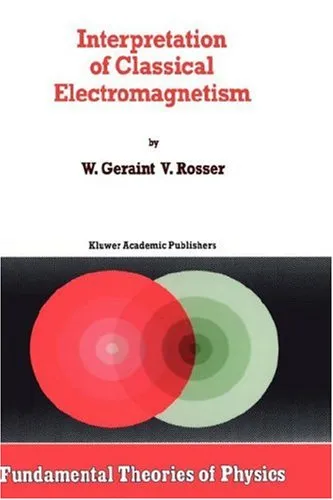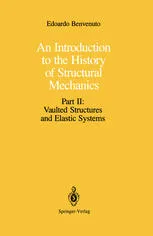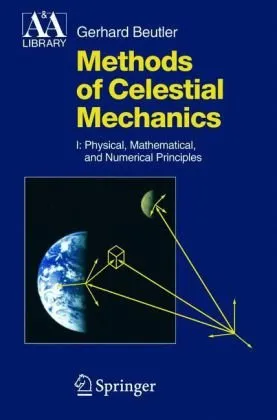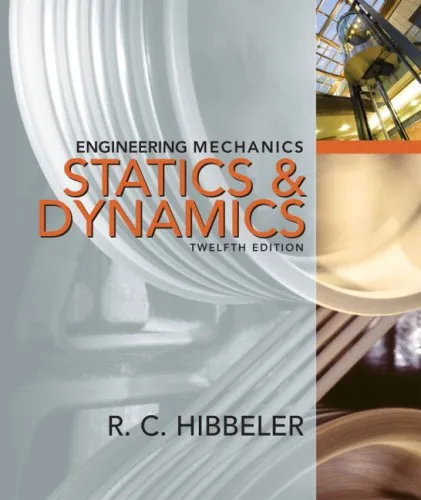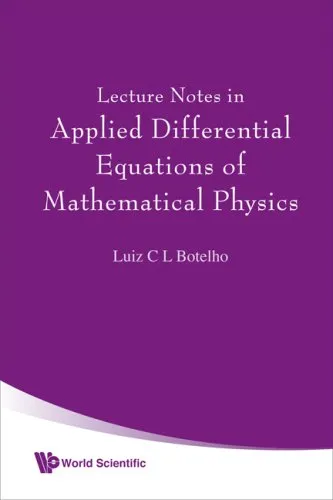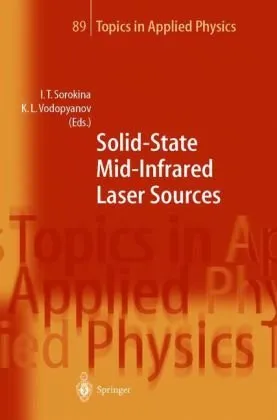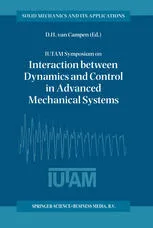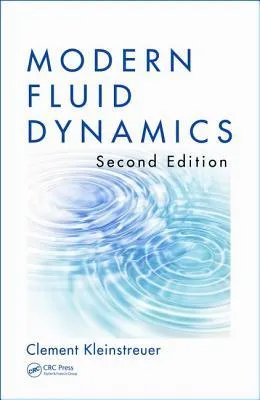The Mathematics of Finite Elements and Applications. Proceedings of the Brunel University Conference of the Institute of Mathematics and its Applications Held in April 1972
5.0
Reviews from our users

You Can Ask your questions from this book's AI after Login
Each download or ask from book AI costs 2 points. To earn more free points, please visit the Points Guide Page and complete some valuable actions.Related Refrences:
The Mathematics of Finite Elements and Applications: An Insightful Introduction
The book 'The Mathematics of Finite Elements and Applications: Proceedings of the Brunel University Conference of the Institute of Mathematics and its Applications Held in April 1972' stands as a pioneering compilation of works in the field of finite element methods. This collection captures the vibrant discussions and groundbreaking research presented during a pivotal conference, setting a foundational tone for future explorations in mathematical applications.
Detailed Summary of the Book
The book comprises numerous papers from leading experts who gathered to share their insights on the latest advancements in finite element methods. It begins with an overview of the theoretical framework of the finite element method, emphasizing its importance in solving complex differential equations that arise in engineering and applied sciences.
The subsequent sections delve into various applications of finite element methods, ranging from structural analysis to fluid dynamics. Articles in the book provide thorough explanations of the mathematical principles underpinning these techniques, showcasing their versatility in addressing diverse engineering challenges.
Each paper is methodically constructed, beginning with a background of the problem at hand and moving towards a proposed solution underpinned by rigorous mathematical theories. The discussions not only illustrate the immediate benefits of finite element methods but also consider potential expansions in other scientific domains.
Key Takeaways
- The finite element method is a robust tool for solving differential equations across various scientific fields.
- This method enhances the capacity for detailed analysis and offers a systematic approach to complex computational problems.
- The collaborative nature of the conference highlighted in this book demonstrates the importance of interdisciplinary work in advancing mathematical techniques.
- The adaptability of finite elements can cater to non-linear and dynamic problems in modern engineering.
- The book sets a precedent for future conferences and publications in the realm of mathematical applications.
Famous Quotes from the Book
"The finite element method offers a bridge between theoretical mathematics and practical engineering solutions."
"As mathematics takes on a more pivotal role in multifaceted industries, finite elements provide the methodological backbone."
Why This Book Matters
The importance of 'The Mathematics of Finite Elements and Applications' cannot be understated. It was one of the earliest formal publications to encapsulate the expansive potential of finite element methods. As a collection of proceedings from a significant conference, it represents a moment in time when this mathematical method was gaining traction among scholars and practitioners.
The book enriches the reader’s understanding by providing diverse perspectives from experts across fields, making it not just a reference for finite element techniques but also a historical document that outlines the early stages of a method that would grow to have widespread applications.
Moreover, the collaboration and exchange of ideas exemplified in this book emphasize the necessity of continuous dialogue within the scientific community. This ensures that other fields can learn and adapt from the progress in finite element research, promoting innovation and cross-disciplinary breakthroughs.
Free Direct Download
You Can Download this book after Login
Accessing books through legal platforms and public libraries not only supports the rights of authors and publishers but also contributes to the sustainability of reading culture. Before downloading, please take a moment to consider these options.
Find this book on other platforms:
WorldCat helps you find books in libraries worldwide.
See ratings, reviews, and discussions on Goodreads.
Find and buy rare or used books on AbeBooks.
1306
بازدید5.0
امتیاز0
نظر98%
رضایتReviews:
5.0
Based on 0 users review
Questions & Answers
Ask questions about this book or help others by answering
No questions yet. Be the first to ask!

